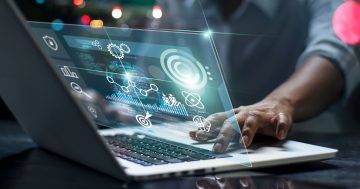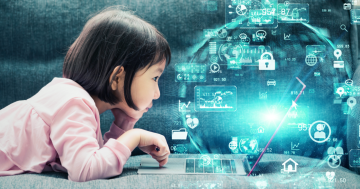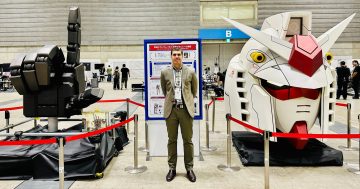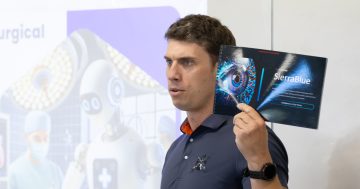Jake Ellison* says researchers have uncovered the process for how people make decisions in groups.
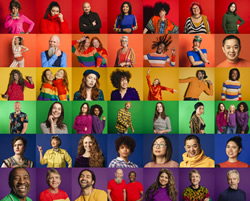 Using a mathematical framework with roots in artificial intelligence and robotics, researchers have uncovered the process for how people make decisions in groups.
Using a mathematical framework with roots in artificial intelligence and robotics, researchers have uncovered the process for how people make decisions in groups.
The researchers also found they could predict a person’s choice more often than more traditional descriptive methods.
In large groups of essentially anonymous members, people make choices based on a model of the “mind of the group” and an evolving simulation of how a choice will affect that theorised mind, the study finds.
“Our results are particularly interesting in light of the increasing role of social media in dictating how humans behave as members of particular groups,” says senior author Rajesh Rao, a Professor in the University of Washington’s Paul G. Allen School of Computer Science & Engineering and Co-Director of the Centre for Neurotechnology.
“We can almost get a glimpse into a human mind and analyse its underlying computational mechanism for making collective decisions.”
Our actions and the group
“In online forums and social media groups, the combined actions of anonymous group members can influence your next action, and conversely, your own action can change the future behaviour of the entire group,” Rao says.
The researchers wanted to find out what mechanisms are at play in settings like these.
In the paper, they explain that human behaviour relies on predictions of future states of the environment — a best guess at what might happen — and the degree of uncertainty about that environment increases “drastically” in social settings.
To predict what might happen when another human is involved, a person makes a model of the other’s mind, called a theory of mind, and then uses that model to simulate how one’s own actions will affect that other “mind”.
While this act functions well for one-on-one interactions, the ability to model individual minds in a large group is much harder.
The new research suggests that humans create an average model of a “mind” representative of the group even when the identities of the others are not known.
To investigate the complexities that arise in group decision-making, the researchers focused on the “volunteer’s dilemma task”, wherein a few individuals endure some costs to benefit the whole group.
Examples of the task include guarding duty, blood donation, and stepping forward to stop an act of violence in a public place, they explain in the paper.
Predicting decisions
To mimic this situation and study both behavioural and brain responses, the researchers put subjects in an MRI, one by one, and had them play a game.
In the game, called a public goods game, the subject’s contribution to a communal pot of money influences others and determines what everyone in the group gets back.
A subject can decide to contribute a dollar or decide to “free-ride” — that is, not contribute to get the reward in the hopes that others will contribute to the pot.
If the total contributions exceed a predetermined amount, everyone gets two dollars back.
The subjects played dozens of rounds with others they never met.
Unbeknown to the subject, a computer mimicking previous human players actually simulated the others.
“We can almost get a glimpse into a human mind and analyse its underlying computational mechanism for making collective decisions,” says lead author Koosha Khalvati, a doctoral student in the Allen School at the University of Washington.
“When interacting with a large number of people, we found that humans try to predict future group interactions based on a model of an average group member’s intention.”
“Importantly, they also know that their own actions can influence the group.”
“For example, they are aware that even though they are anonymous to others, their selfish behaviour would decrease collaboration in the group in future interactions and possibly bring undesired outcomes.”
In their study, the researchers were able to assign mathematical variables to these actions and create their own computer models for predicting what decisions the person might make during play.
They found that their model predicts human behaviour significantly better than reinforcement learning models — that is, when a player learns to contribute based on how the previous round did or didn’t pay out regardless of other players — and more traditional descriptive approaches.
Given that the model provides a quantitative explanation for human behaviour, Rao wonders if it may be useful when building machines that interact with humans.
“In scenarios where a machine or software is interacting with large groups of people, our results may hold some lessons for AI,” he says.
“A machine that simulates the ‘mind of a group’ and simulates how its actions affect the group may lead to a more human-friendly AI whose behaviour is better aligned with the values of humans.”
The results appear in Science Advances.
* Jake Ellison is a science writer for UW News. He tweets at @Jake_News. His website is jakeellison.com.
This article first appeared at www.futurity.org


